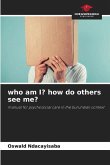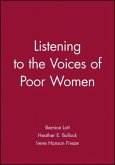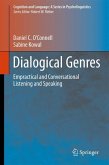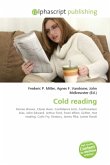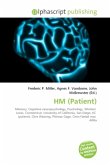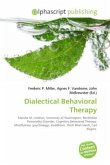Please note that the content of this book primarily consists of articles available from Wikipedia or other free sources online. In cognitive psychology, dichotic listening is a procedure commonly used to investigate selective attention in the auditory system. In dichotic listening, two different auditory stimuli (usually speech) are presented to the participant simultaneously, one to each ear, normally using a set of headphones. Participants are asked to attend to one or (in a divided-attention experiment) both of the messages. They may later be asked about the content of either message. In a selective attention experiment, the participant may be asked to repeat aloud the content of the attended message, a task known as shadowing. As Cherry (1953) found, people recall even the shadowed message poorly, suggesting that most of the processing necessary to shadow the attended message occurs in working memory and is not preserved in the long-term store. Performance on the unattended message is, of course, much worse. Participants are generally able to report almost nothing about the content of the unattended message. In fact, a change from English to German in the unattended channel usually goes unnoticed.
Bitte wählen Sie Ihr Anliegen aus.
Rechnungen
Retourenschein anfordern
Bestellstatus
Storno


